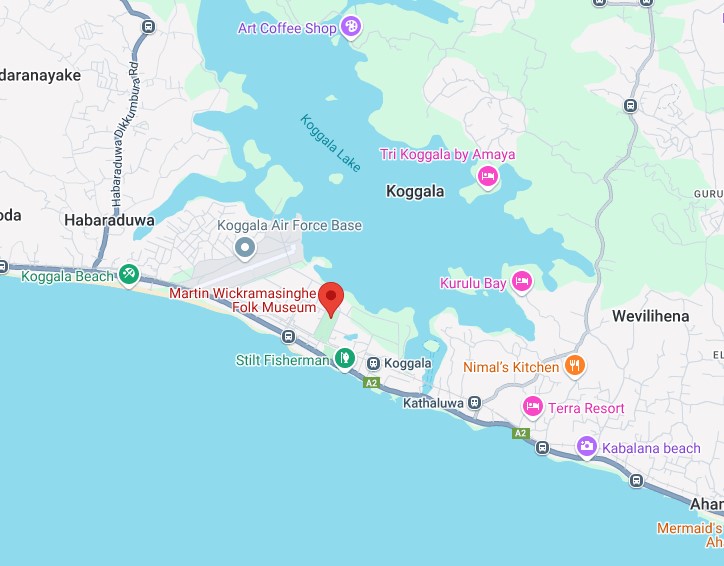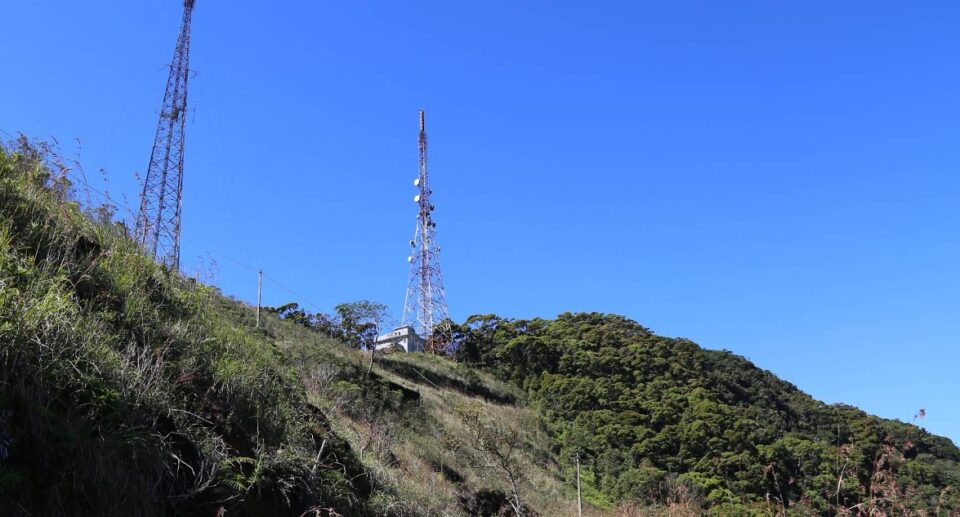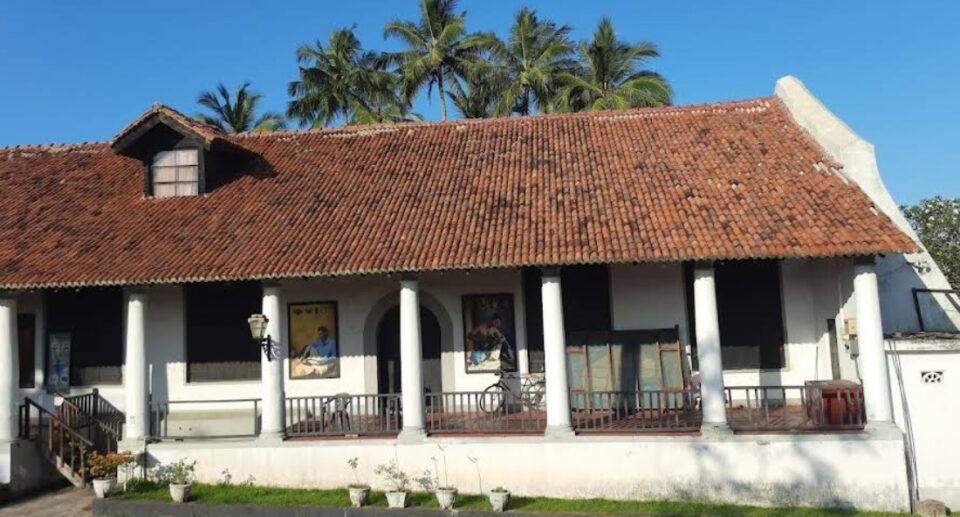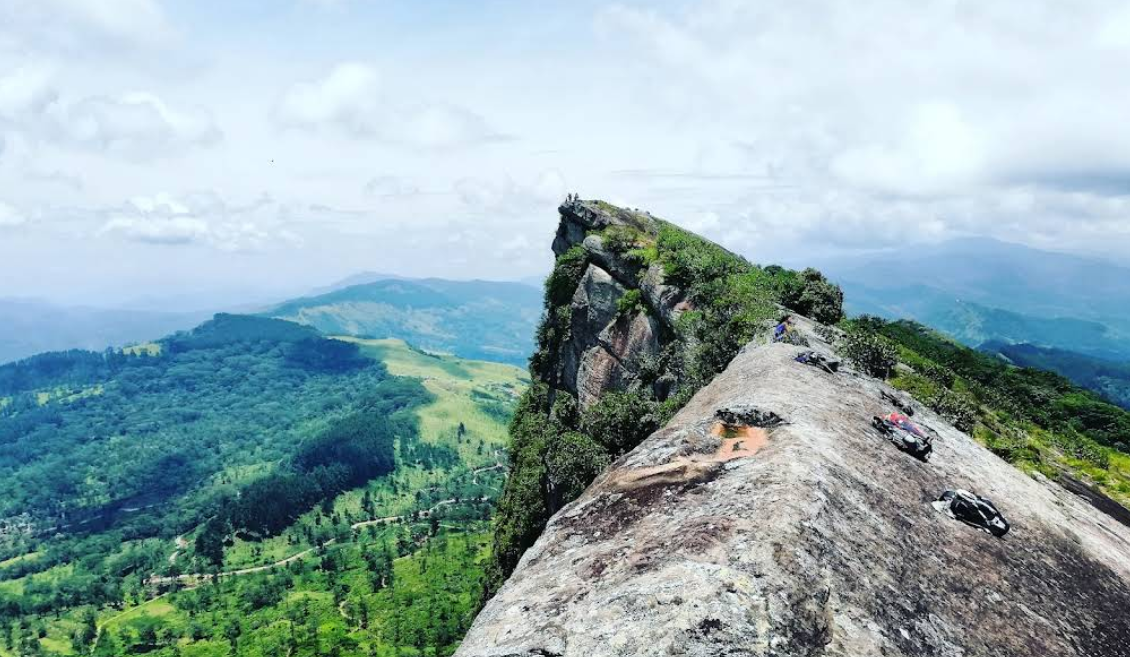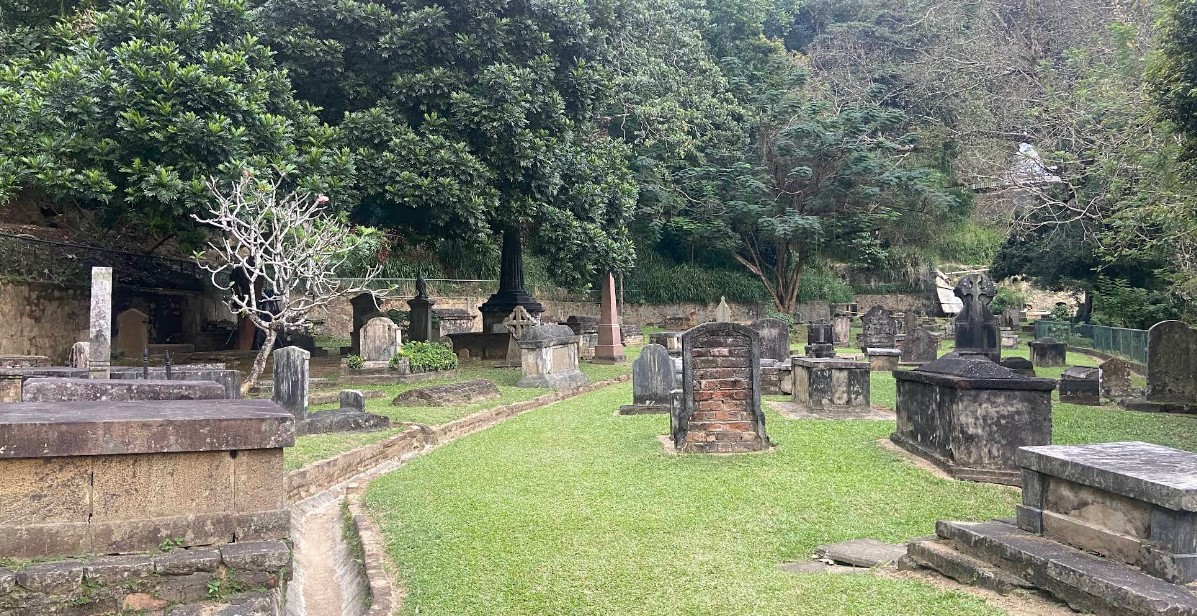Martin Wickramasinghe Folk Museum Complex: A Tribute to Sri Lanka’s Literary Heritage
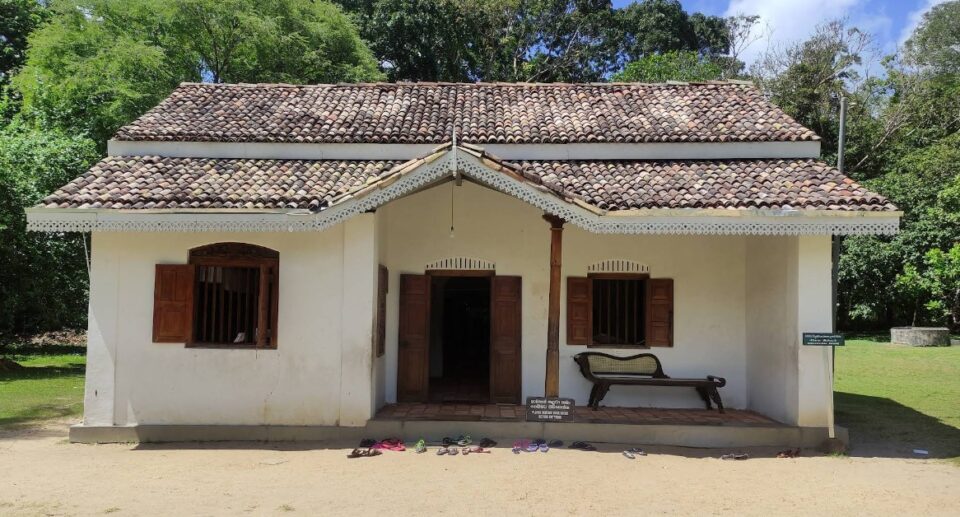
The peaceful village of Koggala, out at Galle along Sri Lanka’s southern seaboard, the Martin Wickramasinghe Folk Museum Complex is testament to the lasting legacy of the country’s premier literary personality. Far more than a museum, it is living testament to Sri Lanka’s literary, historical, and cultural inheritance, defined in terms of work and existence through Martin Wickramasinghe. The museum, apart from commemorating his massive contribution towards Sinhala literature, also preserves and showcases the nation’s rich folk traditions, rituals, and practices of its people.
The Life of Martin Wickramasinghe – The Father of Modern Sinhala Literature
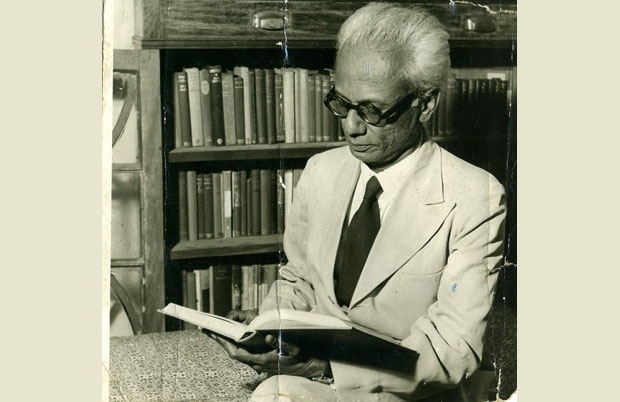
Martin Wickramasinghe (1890–1976) was a Sri Lankan author, philosopher, and cultural intellectual who had a unmatched influence on contemporary Sinhala literature. As a writer with a career spanning six decades, he is celebrated for his insightful novels, contemplative essays, and deep examinations of Sri Lankan identity, culture, and spirituality. Wickramasinghe’s work straddled tradition and modernity and was instrumental in shaping the intellectual and literary ethos of 20th-century Sri Lanka.
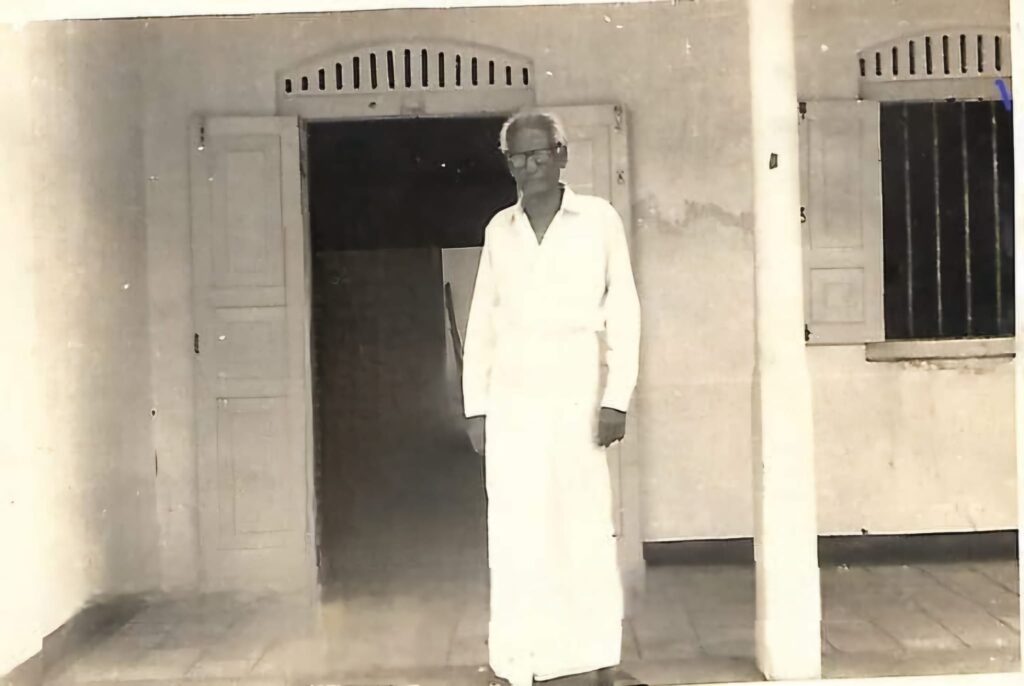
Early Life and Education
Martin Wickramasinghe was born on May 29, 1890, in Koggala, a coastal town in southern Sri Lanka (Ceylon as it then was). Raised in a traditionally Buddhist family, he was introduced early to village life, folklore, and nature subjects which would later be central to his writing.
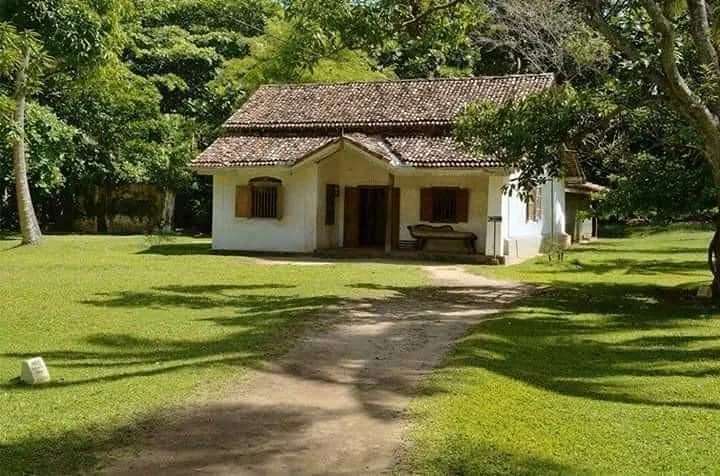
His formal education was very limited. He attended a village school and later moved to Colombo to pursue further studies but did not attend university. However, he was a voracious reader and largely self-educated and became well-versed in Sinhala, English, and Pali. He studied literature, philosophy, science, and history, and began his writing career as a journalist.
Literary Career
Martin Wickramasinghe began his literary career as a journalist and editor of Sinhala newspapers such as Dinamina and Silumina. His early writings were on literature, philosophy, and social commentary. He believed that literature should be a reflection of real life and should evolve with society, and this position saw him through much of his writing.
Novels and Fiction
Wickramasinghe’s novels are celebrated for their realism, psychological penetration, and exploration of social change. Some of his most well-known novels include:
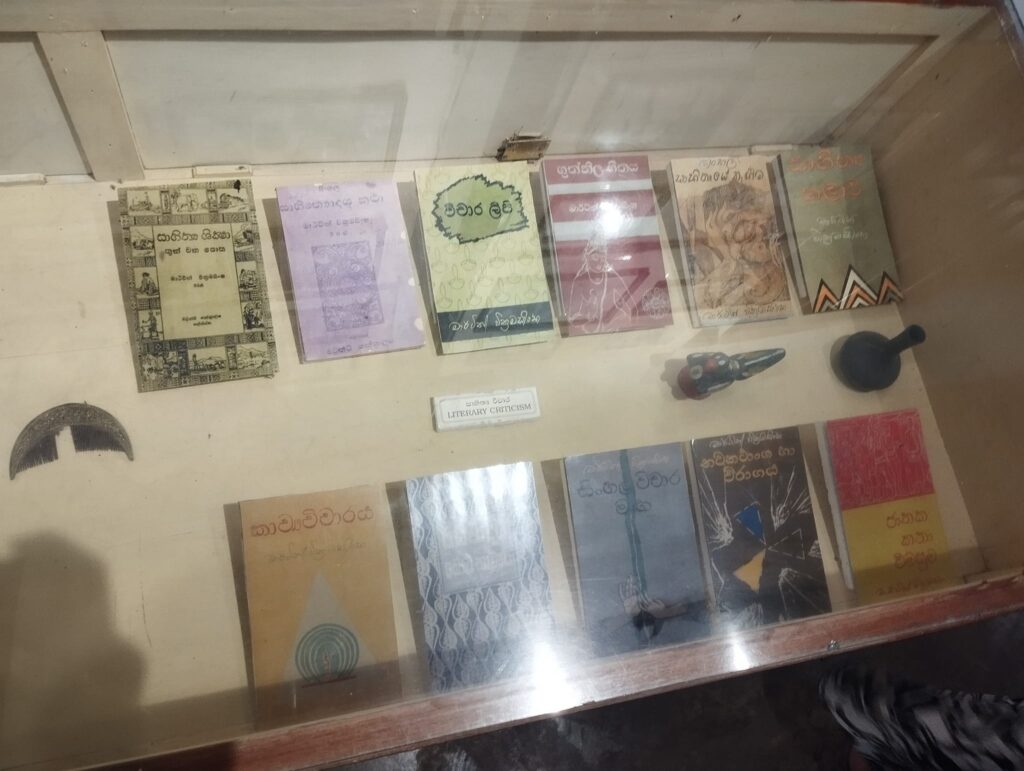
Gamperaliya (The Changing Village) – This novel, published in 1944, portrays the transformation of a traditional village under the influence of modernization. It is considered a cornerstone of modern Sinhala fiction.
Viragaya (The Renunciation) – Perhaps his most philosophically dense novel, it explores existential themes and the interior life of a sensitive young man. Viragaya is widely regarded as his masterpiece.
Madol Doova – A highly popular novel, especially among young readers, it is the story of two mischievous boys who run away to live on a deserted island. It captures themes of friendship, independence, and personal growth.
Yuganthaya (The End of an Era) – A sequel to Gamperaliya and Kaliyugaya, this novel develops the social and economic transformation of the post-colonial period.
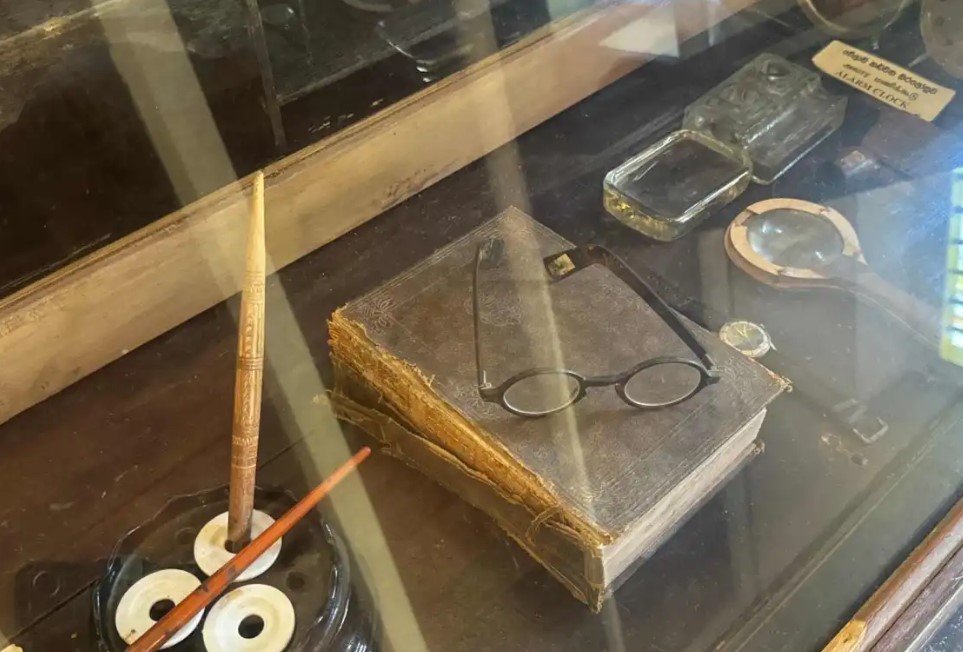
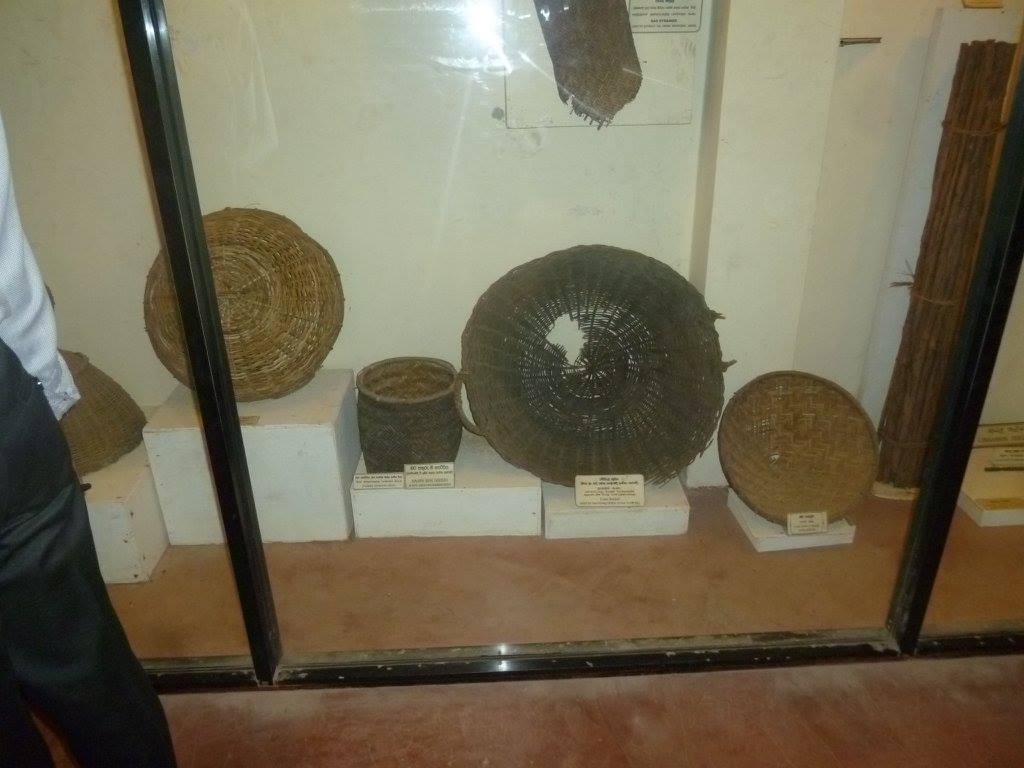
His novels were thematically and stylistically innovative. As opposed to the romantic or religiously moralistic fiction of the time, Wickramasinghe focused on human psychology, social realism, and moral complexity.
Essays and Non-Fiction
Aside from fiction, he wrote extensively on Buddhism, art, culture, science, and education. His essays spread a rational, ethical version of Buddhism and often criticized blind tradition. Some of his most significant collections of essays include:
Sinhala Sahityaye Nageema (The Rise of Sinhala Literature), Bauddha Darshanaya (Buddhist Philosophy), Sahityodaya (The Rise of Literature)
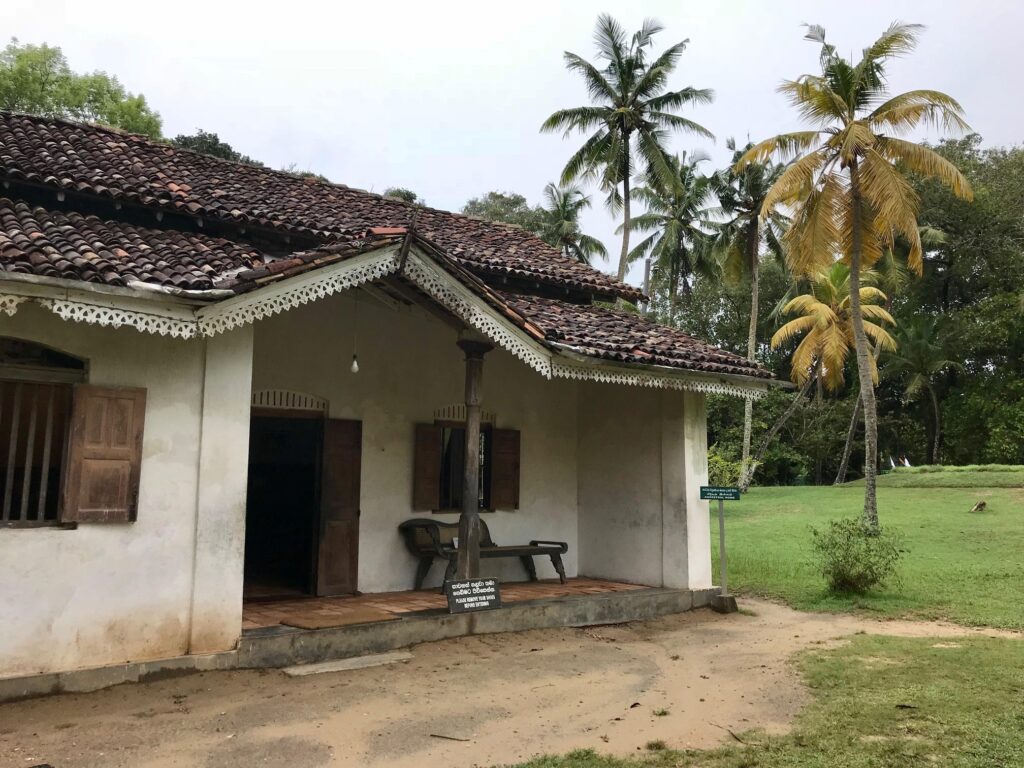
Historical Background of the Museum
The Martin Wickramasinghe Folk Museum Complex opened in 1981, five years after Wickramasinghe’s death, by the Martin Wickramasinghe Trust. The museum is of enormous symbolic significance — it is situated on the actual site where Wickramasinghe was born and raised. Although the original structure was destroyed during World War II when the British installed an airstrip at Koggala, it was later reconstructed using leftover material and photographs.
The museum was not only established to honor the life of the author, but to serve as a cultural treasure house that educates future generations on Sri Lanka’s folk heritage. It has, over time, grown into a multi-faceted cultural complex consisting of Wickramasinghe’s restored home, a folk museum of artifacts, a library, and an archive of his works and personal belongings.
Architectural and Environmental Significance
The museum complex is built within a nicely planned garden of about seven acres, with local flora that Wickramasinghe had frequently depicted in his writings. A walk around the grounds gives visitors an experience of calmness and nostalgia. The architecture of the buildings within the complex is in traditional Southern Sri Lankan style, which blends seamlessly into the surroundings.
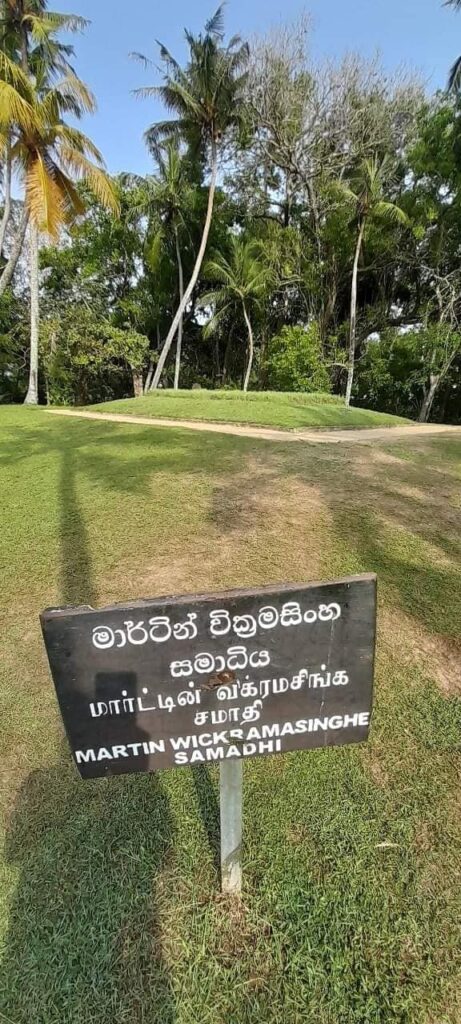
The restored home, whose roofing is made of clay tiles, beams of wood, and sleek yet tasteful design, is a peek at the kind of residential architecture typical of rural Sri Lanka in the late 19th and early 20th centuries. The home is kept intact with its original furniture and domestic items so that tourists are able to time-travel back and imagine what the early days of the writer were like.
Exhibits and Collections
Perhaps the most striking aspect of the museum is its extensive collection of folk artifacts. The collections include such pre-industrial rural tools, fishing equipment, ceramics, instruments, masks, and attire and other household commodities as reflect pre-industrial Sri Lankan existence. They contextualize the settings and characters of Wickramasinghe’s novels, some of which portrayed the lives of farmers, fishermen, and villagers.
In addition to folk artifacts, the museum also displays Wickramasinghe’s manuscripts, photographs, and personal belongings. Of particular interest to readers are his first editions, handwritten manuscripts, and typewriters. The library contains ample research material, such as the whole corpus of his published work, critical essays, and translations.
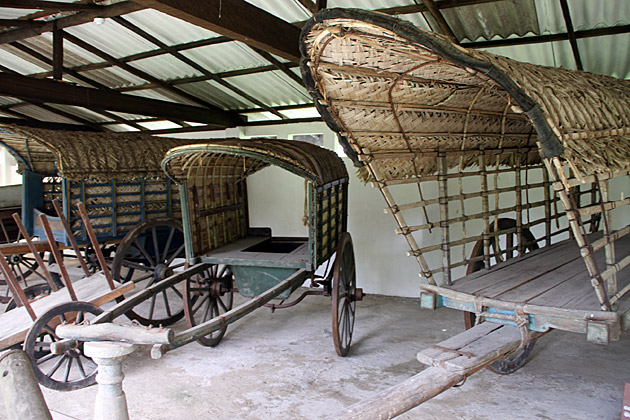
The museum also features exhibits on Buddhism, philosophy, and ancient healing arts — disciplines in which Wickramasinghe wrote extensively. One of the galleries is set aside to depict the history of printing in Sri Lanka, featuring old printing presses and publications from different eras, a reflection of Wickramasinghe’s vocation as a journalist and editor.
Cultural and Educational Significance
The Martin Wickramasinghe Museum also plays a highly significant educational function. Schoolchildren, university students, researchers, and tourists visit the museum to learn about Sri Lanka’s cultural and literary heritage. Lectures, book releases, cultural performances, and folk shows are conducted by the museum on a regular basis to provide continuity to the cultural atmosphere. Through conducting such programs, the museum keeps Wickramasinghe’s lifelong mission of reconciling modernity and tradition alive and kicking.
Besides, the museum fosters a love for Sinhala literature worldwide. Wickramasinghe’s work has been translated and exhibited alongside the originals, bridging cultural and linguistic divides. His most popular novel, Madol Doova, has been translated into many languages and adapted into films and television series, further extending his reach beyond Sri Lanka.

Visitor Experience
Visitors to the museum often comment on its serene atmosphere and density of collections. The experience is rich and reflective. Foreign visitors are enhanced by audio-visual guides, multilingual descriptions, and guided tours. Staff hospitality and information about the exhibits and Wickramasinghe’s life are world-famous.
Gift shops sell books, postcards, and local handicrafts, allowing visitors to carry a bit of Sri Lankan culture with them. One even gets to learn about folk art, crafts, and cooking in workshops. The Martin Wickramasinghe Museum in Galle is not just a tribute to a great writer; it is a cultural icon that holds the spirit of Sri Lanka. The museum combines all aspects of Sri Lanka’s culture, history, and heritage into a single complex. By preserving literary artifacts, folk traditions, and rural ways of life, the museum provides a rare, comprehensive glimpse into a transitional society a subject Wickramasinghe wrote about with unmatched sensitivity. The museum is a must-see for anyone interested in literature, history, or Sri Lankan culture. It not only remembers the past but elicits reflection on the future of cultural identity in a rapidly modernizing world.
Contact Information
Located in: Koggala Free Trade Zone Main Gate
Address: Matara Rd, Koggala
Phone: 0912283427
| Open Hours – 9a.m. To 5p.m |
Map of Martin Wickramasinghe Folk Museum
